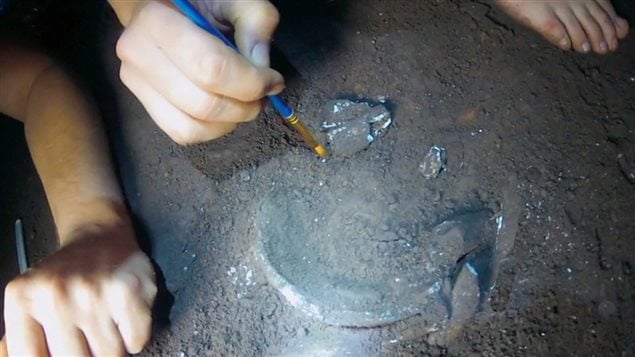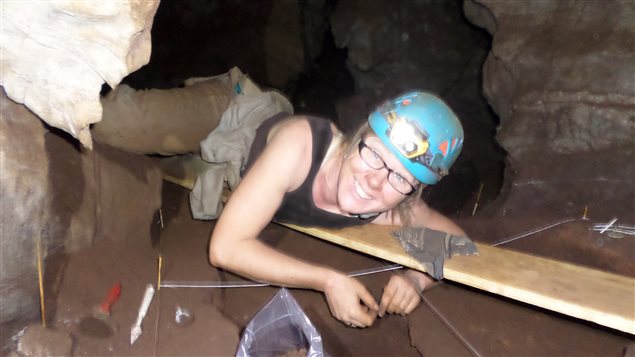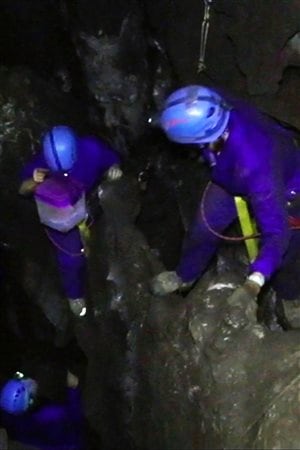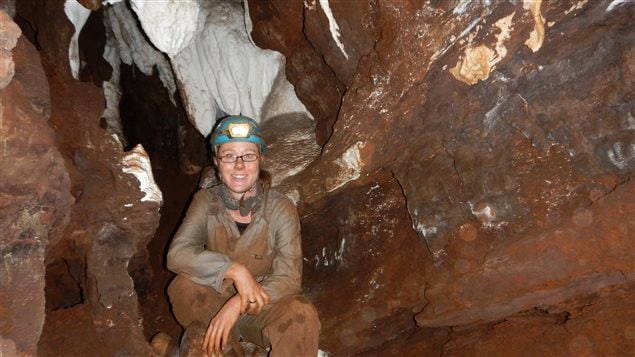In order to do her exciting excavation of fossils in South Africa’s Rising Star cave complex, Marina Elliott must squeeze into some very narrow passages. Researchers have already uncovered am astounding 1,800 fragments of bones and teeth from 15 individuals of Homo naledi, somehow related to our own species.

A cranial capacity the size of a large orange
Although they share many features with us, they are also very different, says Elliott: “They are quite a bit smaller than modern humans and they had a very, very tiny head. They had a cranial capacity about a third the size of a modern human, so about the size of a large orange.
“And the body below this little head is quite slim, very long limbs, quite a short trunk, but a real combination of features that we haven’t seen in any other early hominid species.”
Listen
A ‘treasure trove’ of fossils
The site is highly significant as a “veritable treasure trove” of material that is not encased in hard rock, but preserved in relatively soft material which means it can be relatively easily unearthed, relatively intact.
Cousins or more?
Beyond that, Elliott says finding these 15 individuals of all ages may change our understanding of human evolution. “We don’t know yet whether Homo naledi is on the human line or just a distant cousin, but what it does tell us is that the picture that we’ve been painting for many years is a bit more complicated than we thought at first.”
Marina Elliott got her PhD in biological anthropology at Simon Fraser University in western Canada. She was named one of the National Geographic Society’s 2016 Emerging Explorers. She is now South Africa’s Witwatersrand University. Results of her work were published in the current edition of the Journal of Human Evolution.








For reasons beyond our control, and for an undetermined period of time, our comment section is now closed. However, our social networks remain open to your contributions.